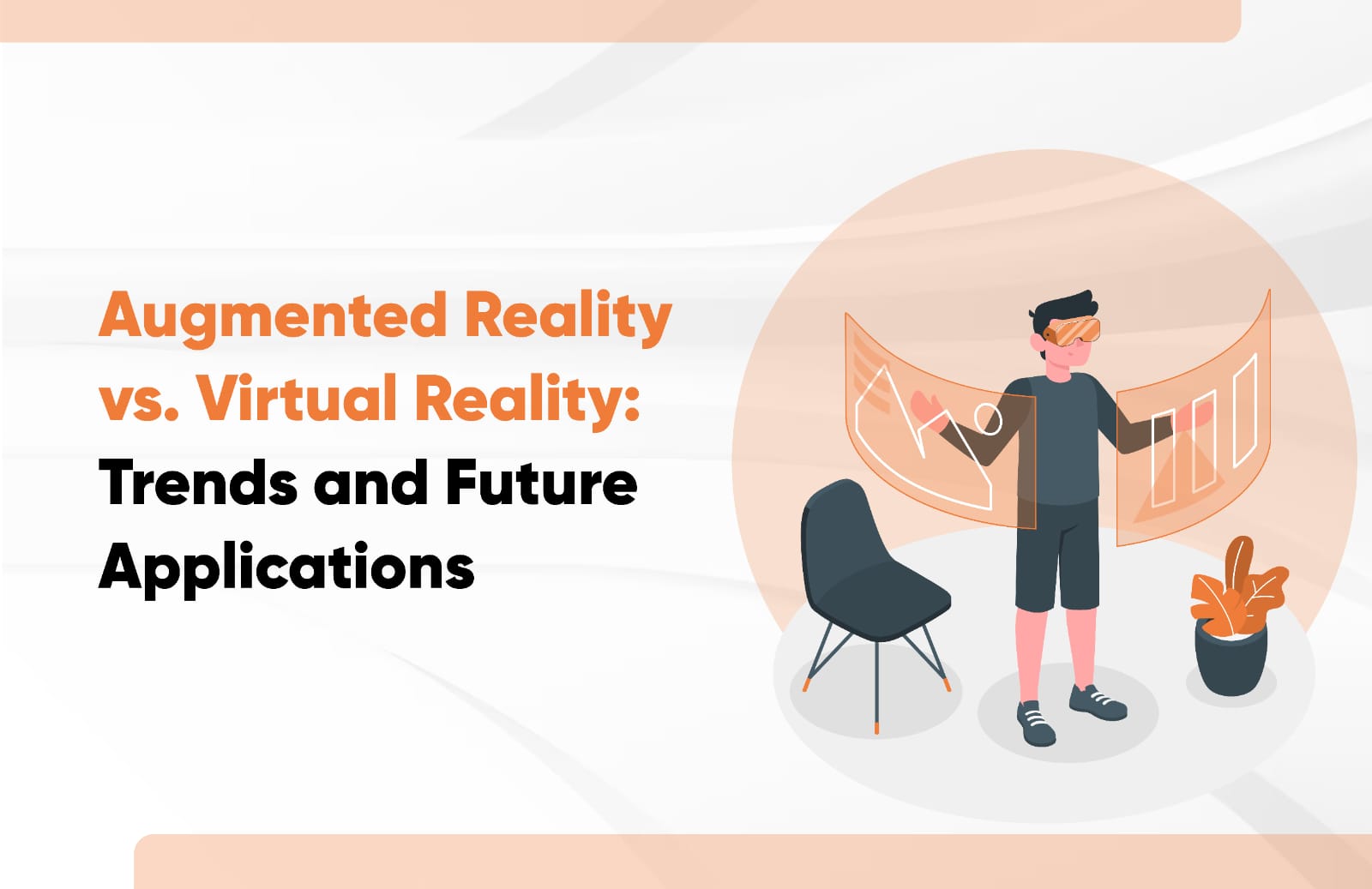In today’s ever-changing world of technology, comparing augmented reality vs virtual reality has stirred up interest and sparked innovation. Augmented reality (AR) and virtual reality (VR) are powerful tools that are changing the way we experience things and revolutionizing various industries.
Recent statistics underscore the growing significance of augmented reality and virtual reality in various sectors. According to GlobeNewswire, the global AR and VR market size is projected to reach USD 766.7 billion by 2025.
Additionally, the adoption of AR and VR technologies in healthcare is forecasted to surge. Estimates suggest a CAGR of over 18.8% from 2023 to 2030, as per grandviewresearch. These statistics highlight the accelerating pace of AR and VR adoption and their expanding influence across industries.
Looking ahead, the future applications of augmented reality and virtual reality hold immense promise and potential. Imagine a world where surgeons utilize AR to visualize complex procedures with precision, or where shoppers can try on virtual clothing before making a purchase.
But amidst the excitement, there’s often confusion about these terms and their distinctions.
Therefore, understanding augmented reality vs virtual reality has become crucial. With this, let’s embark on a journey to explore AR and VR, the trends, and future applications of AR and VR.
What is Augmented reality & virtual reality
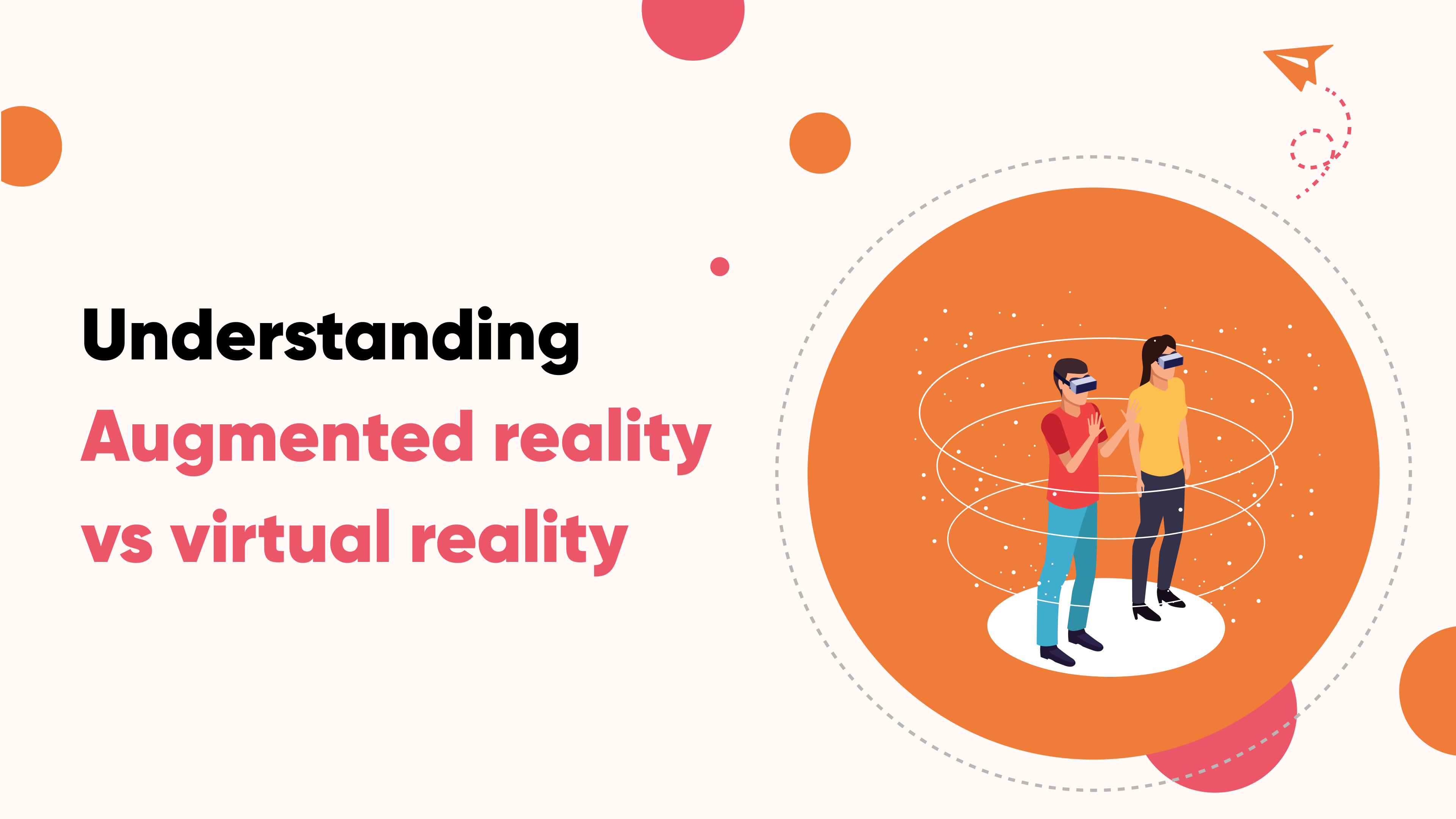
Navigating Augmented Reality vs Virtual Reality
Before diving into comparing augmented reality vs virtual reality, it’s essential to grasp what each of them entails.
What is Augmented Reality?
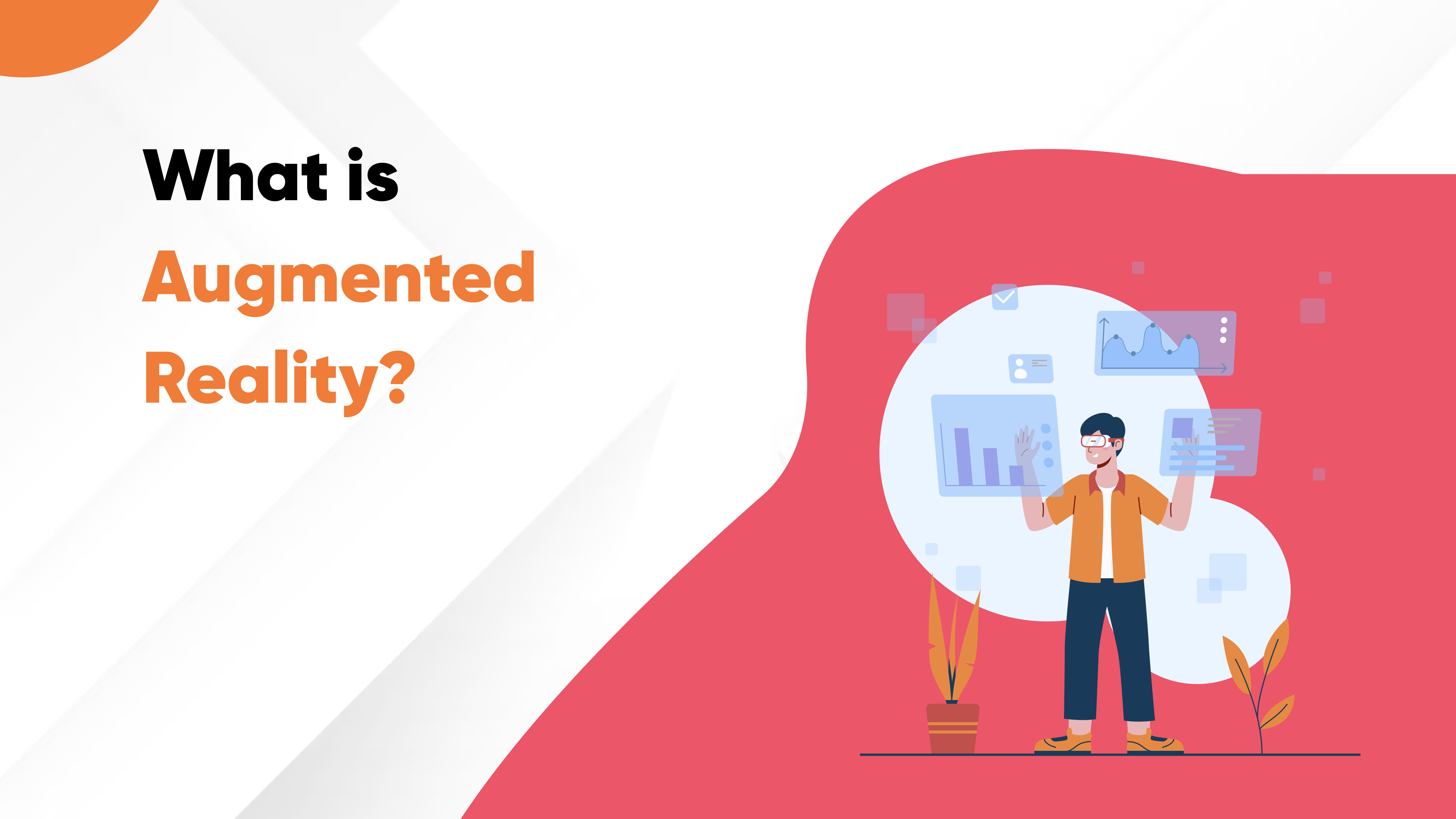
Augmented Reality (AR
Augmented Reality (AR) is like adding digital magic to the real world around you. It works through devices like your smartphone or special glasses
Imagine using your smartphone or wearing AR-enabled glasses to see additional layers of information superimposed onto the world in front of you. These digital augmentations can take various forms, including visual, auditory, or even haptic feedback.
For instance, in the popular mobile game Pokémon Go, players use their smartphones to explore their surroundings. Moreover, users encounter virtual Pokémon characters overlaid onto the real-world map.
What is Virtual Reality?
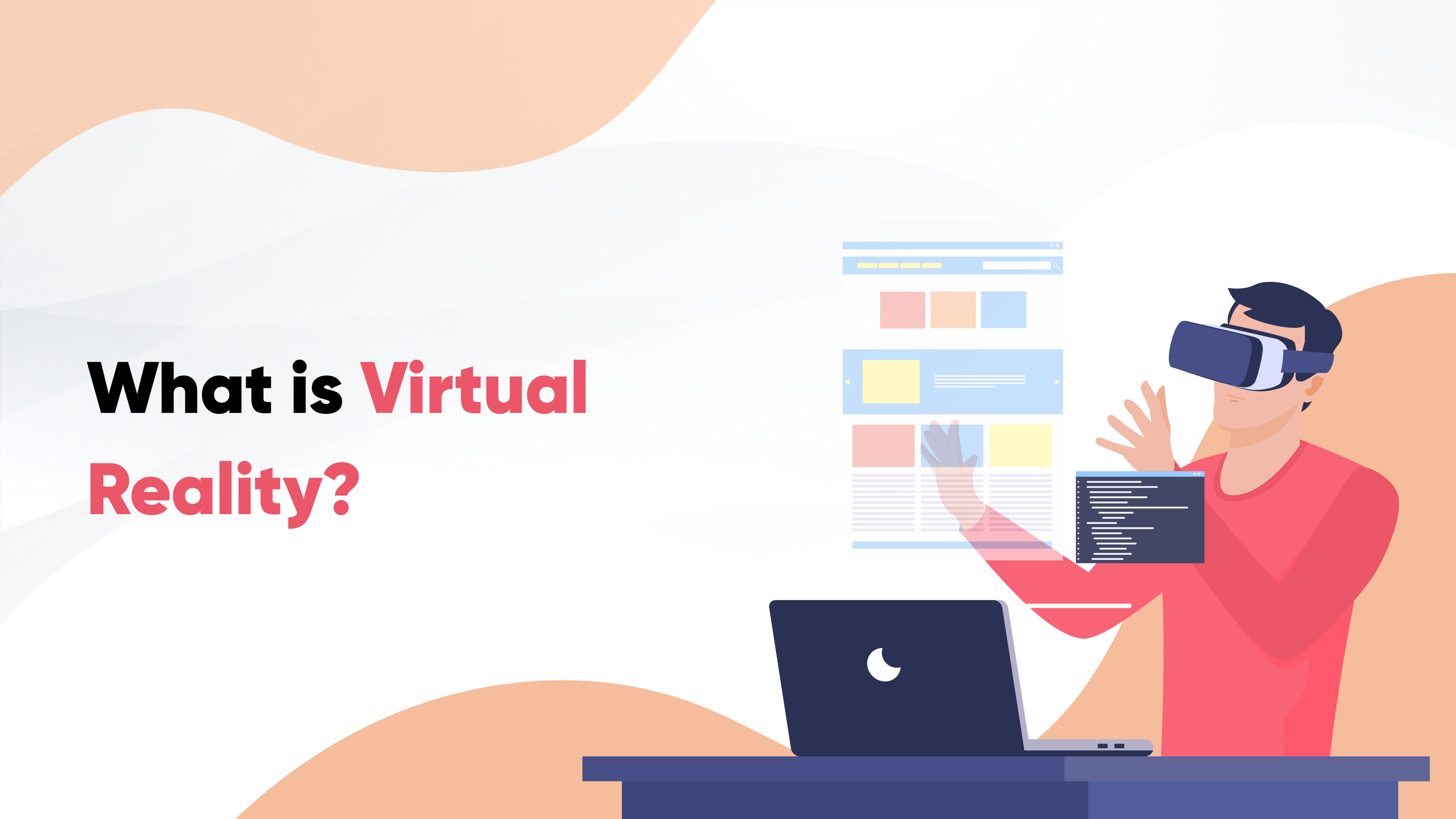
Virtual Reality
It’s now time to learn some facts about VR. Virtual Reality is like stepping into a whole new world, but without leaving your room. It’s a technology that uses special headsets to transport you into completely immersive and simulated environments. As a result, it shuts out the real world entirely.
When you put on a VR headset, you’re no longer in your living room or bedroom. Instead, you’re transported to a digitally created world that surrounds you from every angle. Furthermore, everything you see and hear is generated by a computer, giving you the feeling of being somewhere entirely different.
For example, in VR gaming, you can find yourself battling dragons in medieval castles or exploring alien planets, all from the comfort of your home. Additionally, VR is also used in training simulations, where people can practice skills like surgery or flying airplanes in a safe and controlled virtual environment.
Differences Between Augmented Reality vs Virtual Reality
Understanding the Distinctions: Augmented Reality vs. Virtual Reality
| Aspect | Augmented Reality (AR) | Virtual Reality (VR) |
| Focus | Enhances the real world by overlaying digital content | Enhances the real world by overlaying digital content |
| Environment | Integrates digital elements into the real world | Integrates digital elements into the real world |
| Device | Utilizes smartphones or headsets | Relies solely on specialized headsets for an immersive experience |
| Applications | Overlays digital information onto the real world | Provides immersive experiences ranging from gaming to training |
| User Experience | Offers varied experiences depending on the application | Delivers fully immersive experiences |
| Portability | Highly portable, accessible via smartphones | Less portable. Moreover, requires dedicated VR headsets |
| Cost | Generally lower cost due to widespread device use | Often higher costs due to specialized hardware and development |
Important metrics for comparing augmented Reality vs Virtual Reality:

When it comes to user experience, it’s subjective and depends on the application or individual preferences. But, in terms of portability, AR is often more portable because it can be experienced through devices like smartphones, which are more commonly carried around.
However, VR headsets are becoming more compact and portable too. As for cost, AR tends to be more budget-friendly due to the widespread availability of compatible devices like smartphones.
Although even AR is affordable in comparison with VR, the cost of managing a team of developers could increase the expenses. In that case, it is wise to hire a team of remote developers.
If you’re considering hiring remote developers for AR or VR projects, Insnapsys offers budget-friendly solutions, integrating their expertise with your specific branding needs.
Augmented Reality vs Virtual Reality: Real-world Examples
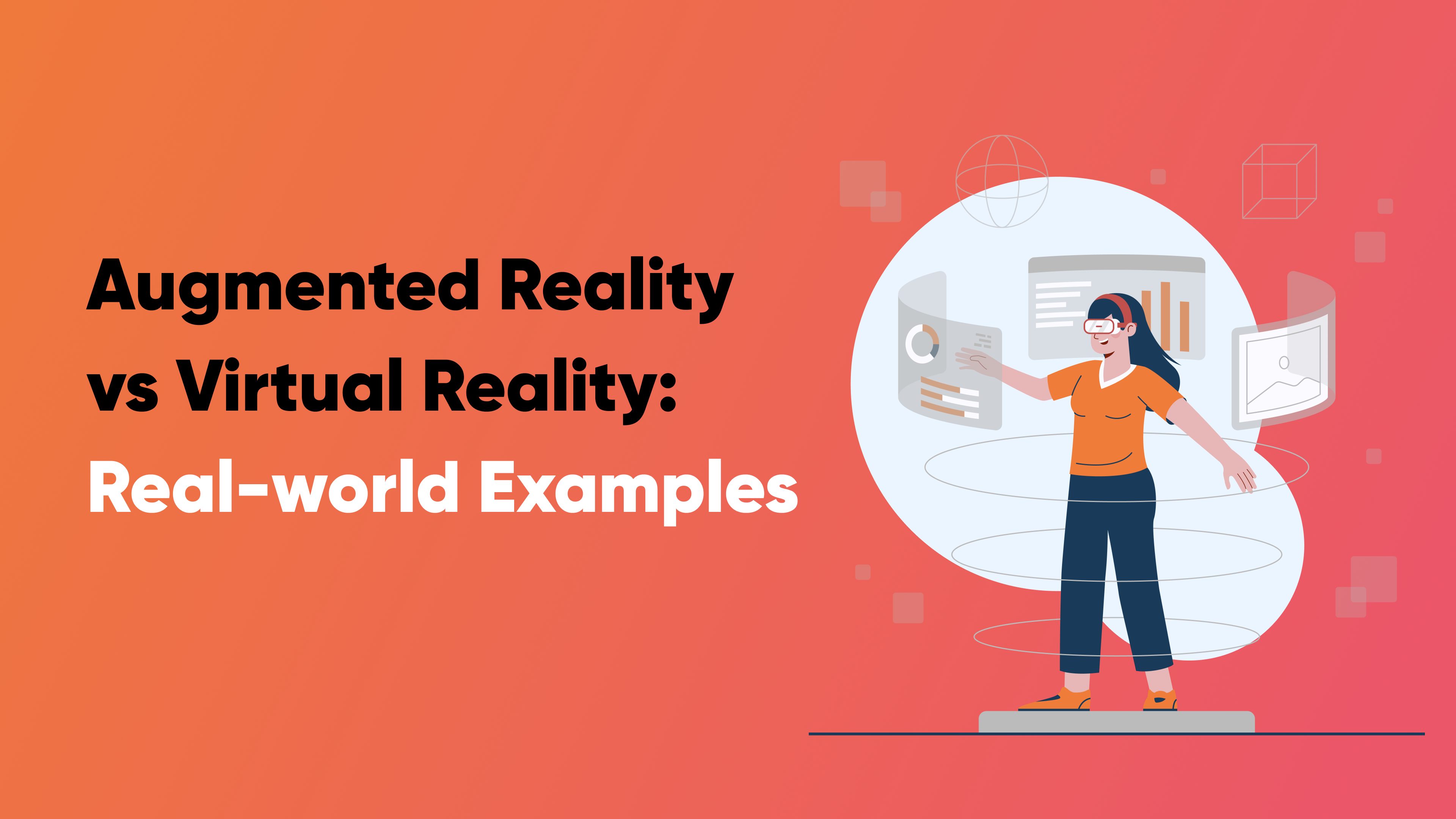
Real-world Examples: Augmented Reality vs Virtual Reality
As we transition into exploring real-world examples of augmented reality vs virtual reality, let’s delve into different types of augmented reality and examples of virtual reality in everyday life.
AR:
Ikea Place: This app allows users to visualize how furniture would look and fit in their homes using AR technology. Thus, it enhances the shopping experience and helps customers make informed purchasing decisions without leaving their homes.
Toyota’s AR Car Customization: Toyota utilizes AR to offer customers a next-level car customization experience. As a result, it allows them to personalize and visualize their dream vehicle in real time, exploring various options and features before making a purchase.
VR:
Walmart’s Virtual-Reality Employee Training: Walmart employs VR technology to provide immersive training experiences for its employees. This helps in simulating various scenarios such as customer interactions and emergencies to enhance learning outcomes and improve performance.
Kellogg’s Virtual-Reality Merchandising: Kellogg’s utilizes VR to create virtual store environments where retailers can visualize and optimize product placement. Therefore, this enhances the effectiveness of merchandising efforts and drives sales.
Future Trends: Augmented Reality vs Virtual Reality

Future Frontiers: Augmented Reality vs Virtual Reality
As we look ahead, the future of augmented reality and virtual reality looks promising. Let’s explore some of the exciting trends shaping the future of AR and VR technology:
- 5G Integration: The rollout of 5G networks is poised to revolutionize AR and VR applications. It will enable faster data transfer speeds, lower latency, and smoother experiences. Moreover, this advancement is particularly beneficial for immersive content and real-time interactions.
- The advent of WebAR: Web-based Augmented Reality (WebAR) is revolutionizing AR experiences. Users can now access AR content directly through web browsers. This eliminates the need for specialized apps. As a result, the reach of AR is expanding to a broader audience.
- Advancements in AR/VR Displays: Continued advancements in display technologies are driving the evolution of augmented reality and virtual reality experiences. Higher resolutions offer sharper and more detailed visuals, providing users with greater clarity and realism.
- Remote Assistance via Virtual and Augmented Reality: AR and VR will play increasingly vital roles in remote collaboration and assistance. This will allow experts to provide real-time guidance and support from anywhere in the world. Whether it’s troubleshooting machinery or conducting remote medical consultations.
- Use of XR in Healthcare as a Medical Device: Extended Reality (XR), which encompasses AR, VR, and mixed reality, will revolutionize healthcare by serving as a powerful medical device. These include diagnostics, treatment, training, and therapy, offering personalized and immersive healthcare solutions.
- AR/VR Integration into the Education Sector: AR and VR technologies will transform the education sector by creating immersive learning experiences. As a result, this will enable students to interact with virtual simulations, explore historical events, and visualize complex concepts.
These trends underscore the transformative future of virtual reality and augmented reality across various industries, paving the way for a more connected future.
Challenges with AR and VR
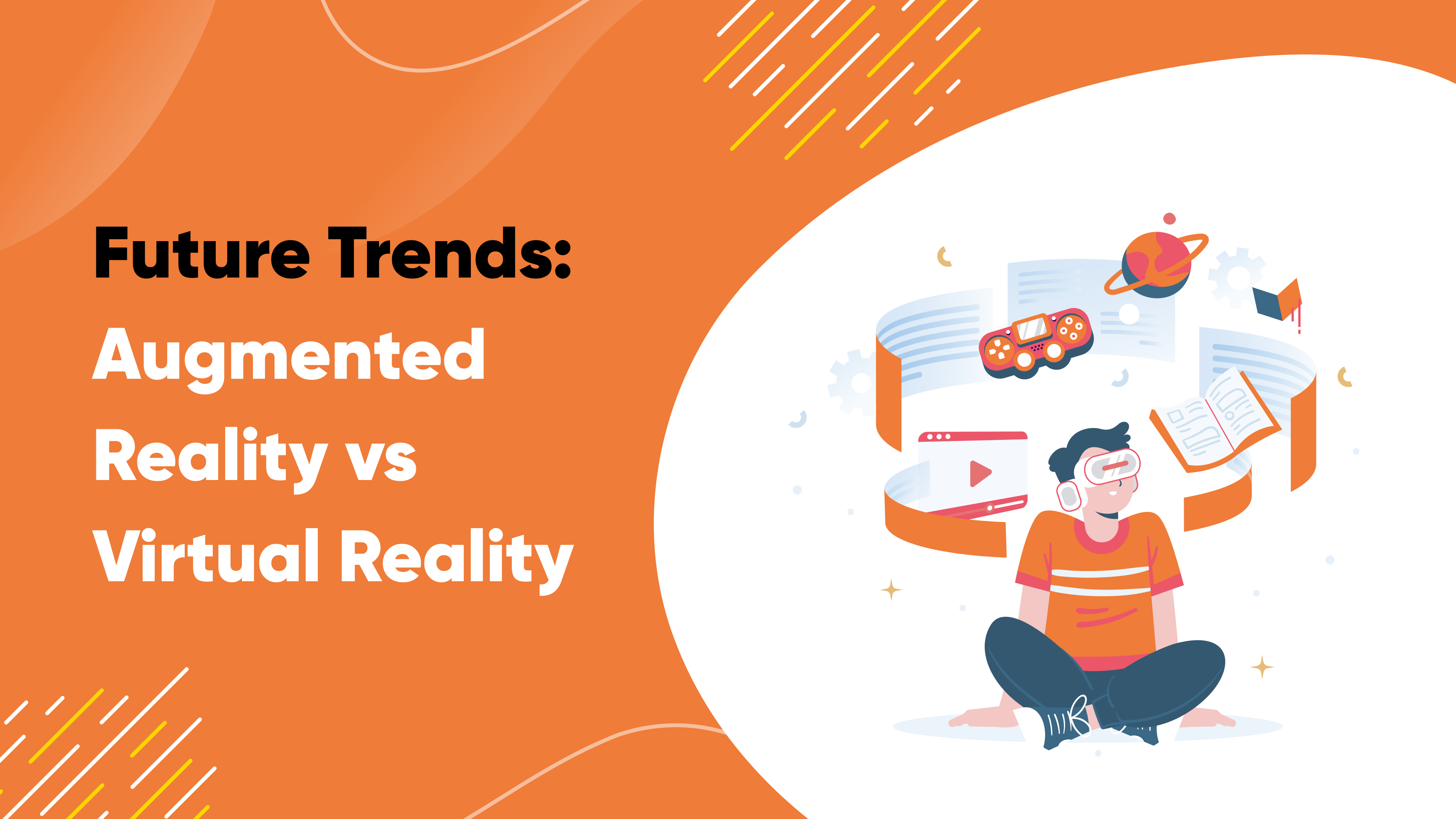
Challenges with Augmented Reality (AR) and Virtual Reality (VR)
Now that we’ve explored the differences between augmented reality vs virtual reality and delved into their trends, it’s crucial to recognize the challenges that come with these transformative technologies.
AR Challenges:
- Limited Device Capabilities: The capabilities of AR devices, such as smartphones or smart glasses, are often constrained by factors like battery life and processing power. Therefore, this can impact the overall user experience and functionality of AR applications.
- Privacy Concerns: AR raises privacy concerns, particularly regarding data collection and user interaction with AR overlays in public spaces. Thus, this leads to potential issues related to surveillance, consent, and data security.
- Security Vulnerabilities: AR systems are vulnerable to cybersecurity breaches and hacking, posing risks to user privacy and safety. Thankfully, by hiring top-notch developers, companies can integrate robust security measures to ensure the integrity of AR applications. Insnapsys is one such IT staffing company that will help you onboard a team of remote developers.
VR Challenges:
- High Cost of VR Headsets and Hardware: The high cost of VR headsets and accompanying hardware can present a barrier to entry for many users. As a result, this will limit accessibility and adoption, particularly in consumer markets.
- Potential for Motion Sickness: Extended use of VR can lead to motion sickness and discomfort for some users. This can stem from factors like latency, which causes a delay in the virtual environment’s response to user actions.
Moreover, visual discrepancies and mismatches between physical movement and virtual feedback can also contribute to these sensations.
Also Read: Generative AI vs Predictive AI: Unraveling the Future of AI
Conclusion:
In conclusion, Augmented Reality (AR) enhances the real world by overlaying digital elements onto our surroundings. On the other hand, Virtual Reality (VR) transports users to entirely simulated environments.
Therefore, both technologies hold immense potential to revolutionize industries ranging from retail and healthcare to education and entertainment. AR empowers users with real-time information and interactive experiences, while VR offers unparalleled immersion and experiential learning opportunities.
Looking ahead, the future of AR and VR is incredibly promising. Moreover, as advancements continue to push the boundaries of what’s possible, we can anticipate a wider difference between augmented reality vs virtual reality.
However, to create such exciting applications, leveraging the power of AR and VR, you need to hire developers who are specialized in AR, and VR. For this, you can contact Insnapsys.
Insnapsys specializes in remote developer staffing. They handle the screening process to provide skilled professionals in AR, VR, and related tech. So, partner with Insnapsys to streamline hiring and focus on bringing your AR and VR projects to life without recruitment hassle.
FAQs
-
What is augmented reality vs virtual reality?
Augmented Reality (AR) adds digital elements to the real world. Thus, it enhances what you see with devices like smartphones or glasses. Virtual Reality (VR), on the other hand, creates entirely simulated environments that you can immerse yourself in using specialized headsets.
-
Is augmented reality and artificial intelligence the same thing?
No, they’re different. Augmented Reality enhances the real world with digital elements, while Artificial Intelligence (AI) involves machines learning to think and act like humans.
-
Augmented reality vs virtual reality: which is better?
It depends on what you need. Augmented Reality is great for adding digital info to the real world and is useful for things like navigation or trying on clothes virtually. Moreover, virtual Reality is better for fully immersive experiences like gaming or virtual travel where you want to escape reality entirely.
-
How does AI-powered augmented reality transform digital experience?
AI-powered augmented reality enhances digital experiences by making them smarter and more interactive. For example, AI can analyze your surroundings in AR and provide helpful suggestions or information based on what it sees.
-
How is VR training helpful for a business?
VR training allows businesses to provide realistic and immersive simulations for employees to practice various scenarios in a safe environment. Additionally, it is helpful because it reduces costs associated with traditional training methods and improves retention and engagement.






